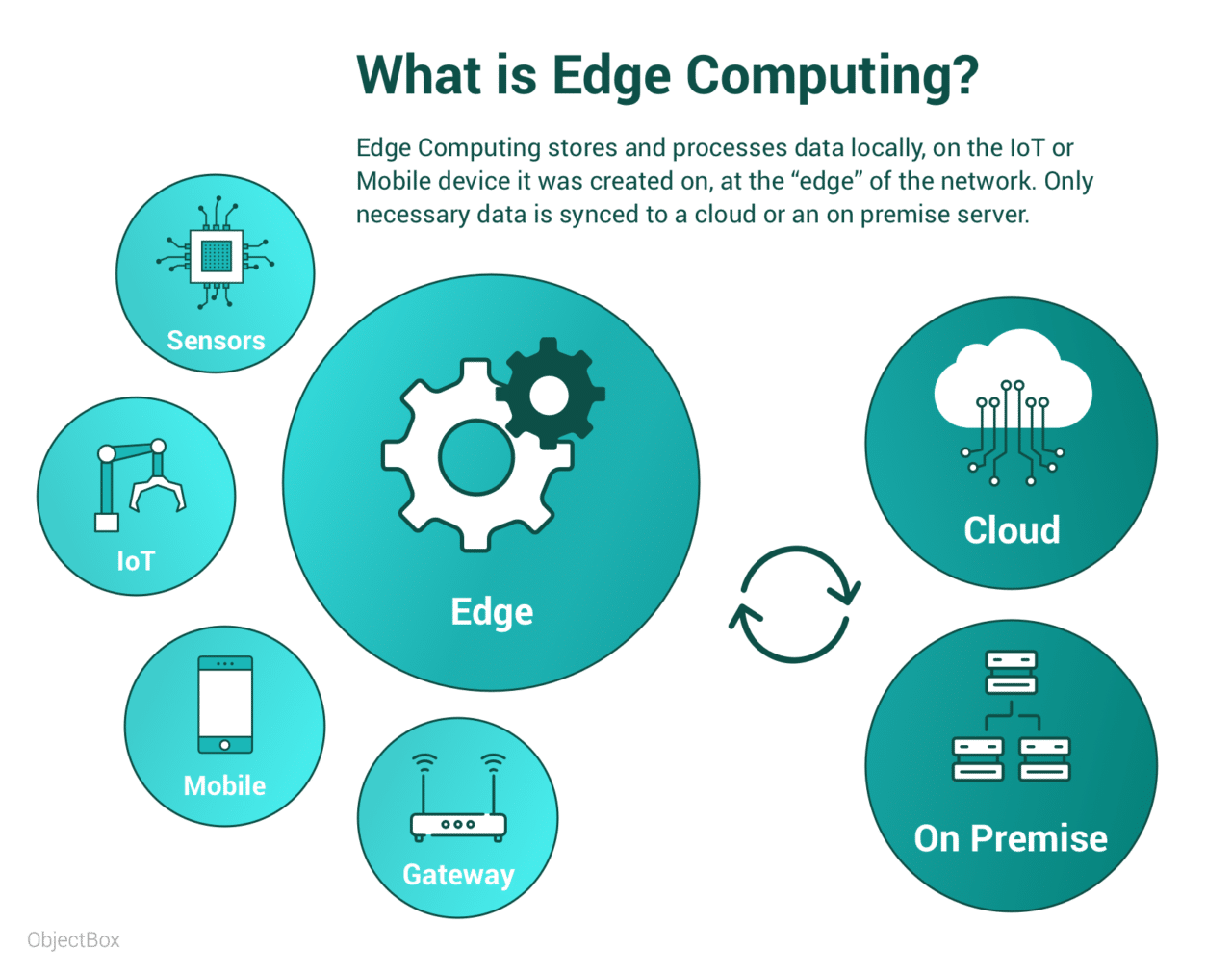edge computing definition

Hey there my tech savvy folks, have you ever heard of Edge Computing? Well, let me tell you, it’s the next big thing in the world of technology. And in the year 2020, it’s more relevant than ever. I mean, who doesn’t want to be at the edge of innovation?
What is Edge Computing?
Great question! Edge Computing refers to the ability to process data at the edge of the network, rather than sending it to a central location for processing. In other words, it’s like having a mini data center right at the source of the data. This is especially useful for tasks that require real-time processing or low-latency, such as autonomous vehicles or industrial automation.

Abstract
Edge Computing is the future of data processing. By bringing the processing power closer to the source of the data, we can ensure real-time processing and low-latency, making it ideal for various applications such as autonomous vehicles, industrial automation, and more. In this article, we will explore more about Edge Computing and its advantages in detail.
Introduction
Have you ever experienced lagging or delay in receiving important data? It can mean the difference between a safe and unsafe situation, especially in industrial automation or autonomous vehicles. Edge Computing eliminates this delay by processing the data closer to its source, hence reducing the time required to send the data back and forth to a central processing location.
Picture this. You’re sitting in a self-driving car and it’s approaching an intersection. Suddenly, a pedestrian appears on the road out of nowhere. In such a situation, any delay in processing the information can lead to an accident. But with Edge Computing, the processing can be done right there in the car, giving you the immediate response and ensuring your safety.
Or imagine an industrial automation system where multiple sensors and systems are sending data to a central processing location. With Edge Computing, the data processing can be done right at the source, reducing the time required for processing, and making the whole system more efficient.
Advantages of Edge Computing
Faster Processing Time
The biggest advantage of Edge Computing is its ability to process data in real-time, without having to send it to a central processing location. This reduces the delay and processing time, making it ideal for applications where real-time processing is critical.
Reduced Network Latency
By processing data at the edge of the network, Edge Computing reduces the time required to send the data back and forth to the central processing location. This reduces network latency, making the whole system more efficient and faster.
Increased Security
Edge Computing ensures increased security as data does not need to be sent to a central processing location. This reduces the risk of data breaches or cyber-attacks, making it ideal for applications where data security is critical.
Reduced Network Bandwidth
Since Edge Computing processes data at the source, it reduces the amount of data that needs to be sent to a central processing location. This reduces the network bandwidth required, making it an efficient and cost-effective solution.
Conclusion
Edge Computing is the future of data processing. It provides faster processing time, reduced network latency, increased security, and reduced network bandwidth. It’s ideal for applications that require real-time processing or low-latency, such as autonomous vehicles or industrial automation.
So, if you want to stay ahead of the game, hop on the Edge Computing bandwagon, and be at the edge of innovation.


Source image : terabit.ca

Source image : www.theoryofcomputation.co

Source image : objectbox.io





